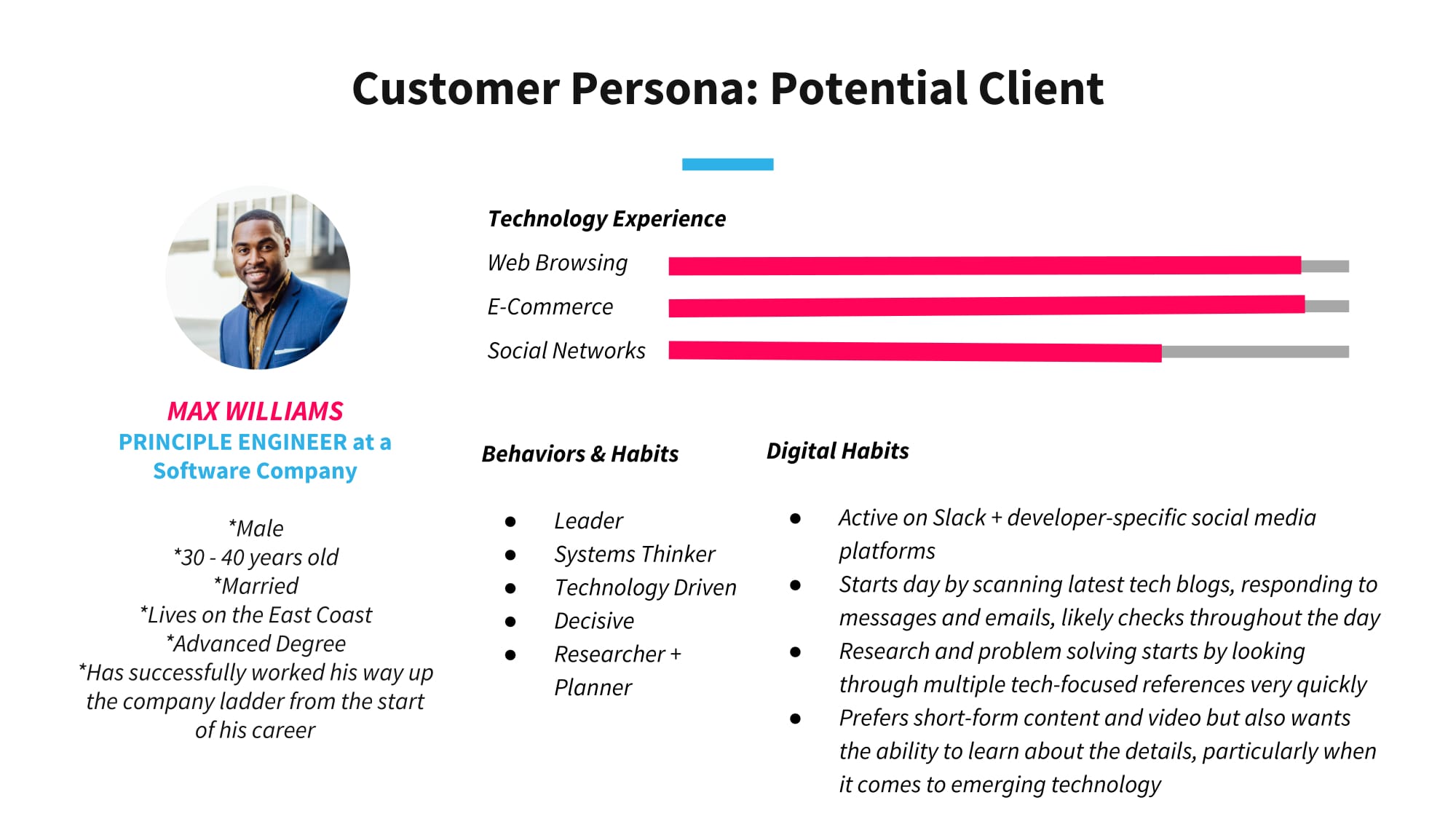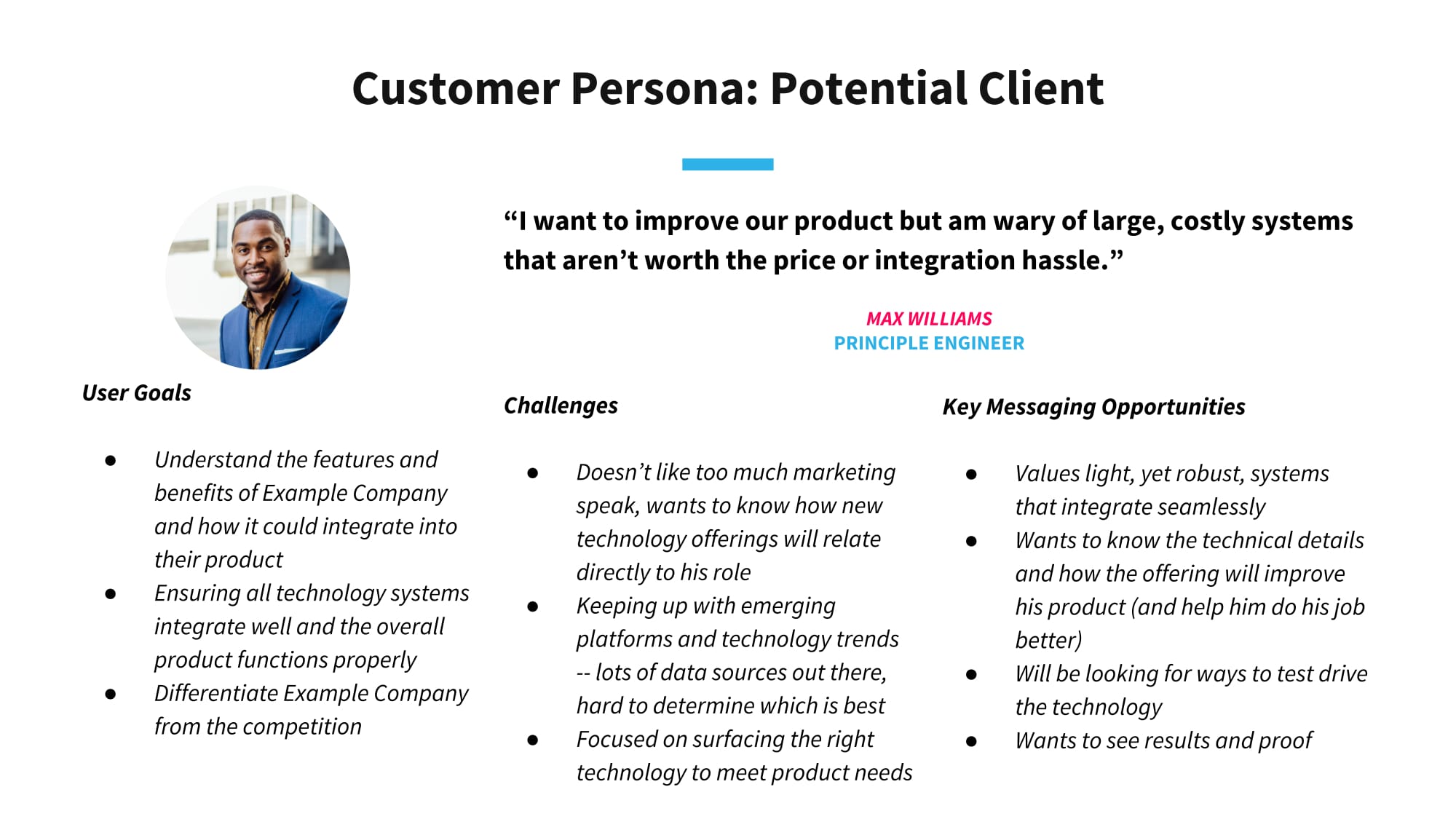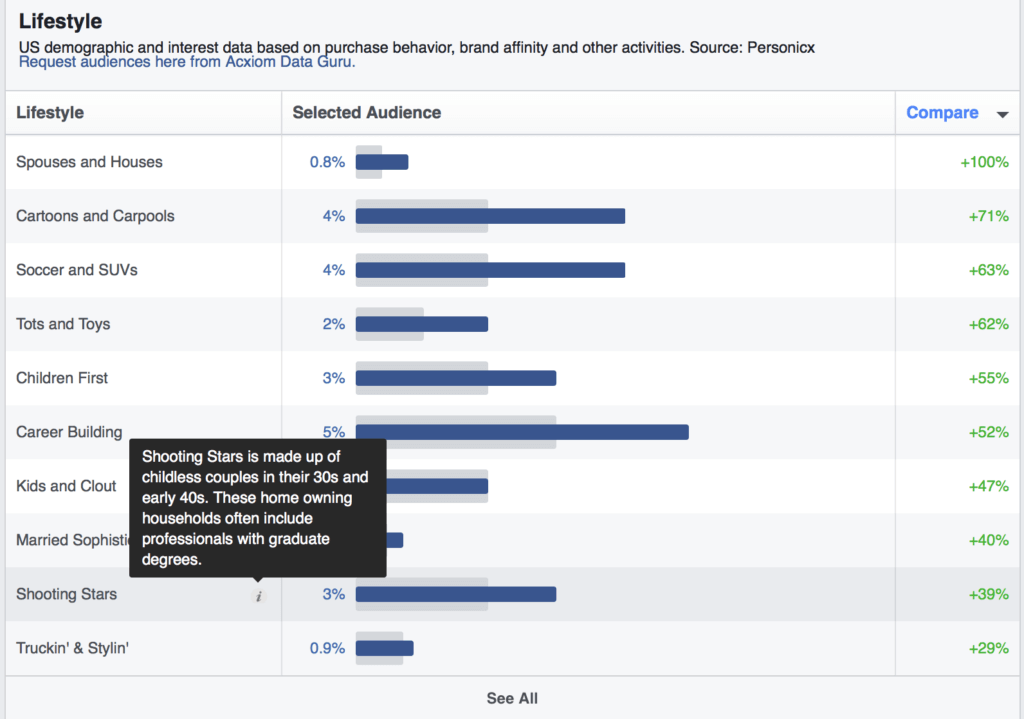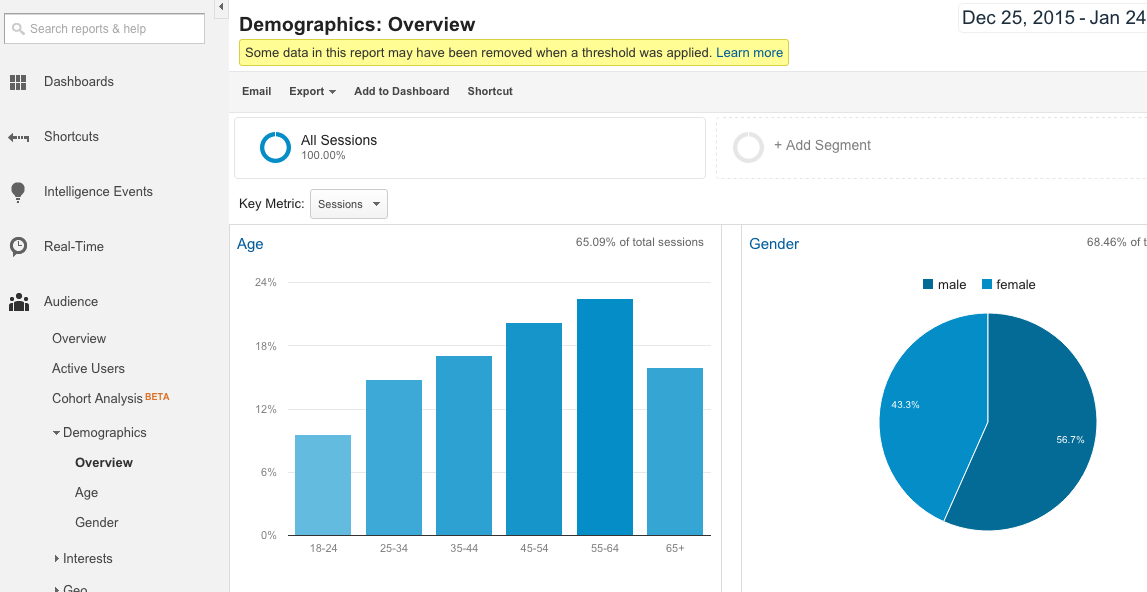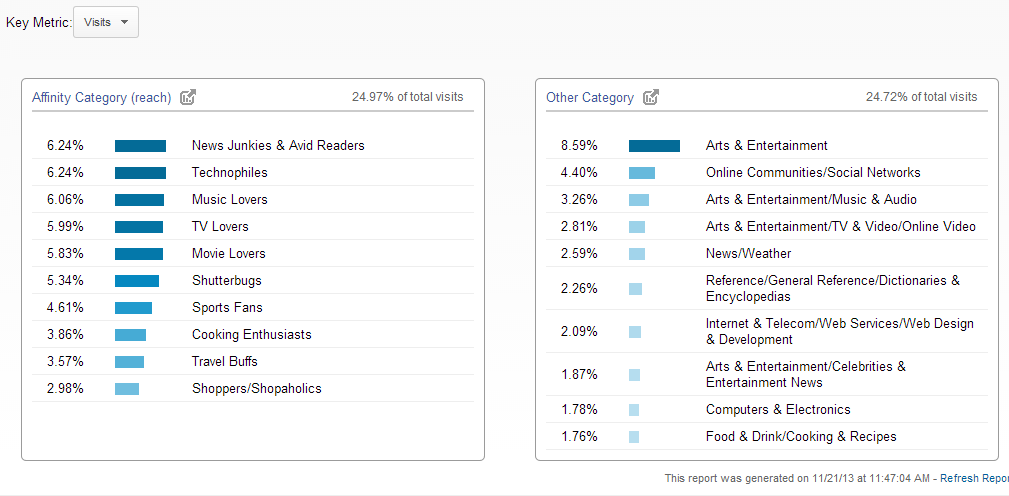Building a great website is an iterative process.
Building a great website is an iterative process.
It is never done.
Great site design goes beyond UX and UI design, great design reaches every part of your marketing strategy. As your market and audience change, so does your site.
So even though we increased on-site conversions for ShipHawk by 84% by creating an agile and persona-driven website, we still were still looking to make improvements and boost conversions.
You’re never going to have a 100% perfect website, but you can build a high converting site by avoiding some common mistakes that B2B startups often make. That is why we’ve compiled a list of the top three most common mistakes that B2B startups make with their sites.
Our list includes:
- Not building defined buyer personas and building your site around them
- Building a website with a complicated backend
- Using your product team to build your website
Let’s get to it!
Not building for your target persona
At the end of the day, what do you want your B2B website to do?
Get a ton of traffic? Nope
Tell investors about your business? Nope.
Your website needs to do one thing exceptionally well, and that’s convert.
That could mean converting visitors into free trials, demos, content upgrades, interacting with your chat widget (looking at you Drift), or whatever you set as a KPI that leads to marketing qualified leads (MQLs) and sales qualified leads (SQLs).
Conversions only happen when your well-targeted traffic meets a well crafted and relevant offer.
It’s hard to create that offer without a true understanding of your customer.
Why does knowing my target audience matter?
If you know…
- How your audience speaks, you can use language that they would naturally use and relate to them
- What their pain points are, you can specifically build content around their pains
- Why they visit your site, you can build your website so it’s relevant to your most immediate needs
- Where they hang out, you can reach them with your own content or ads
What do I need to know about my target persona?
Just like your website, building your target persona is never done. You should always be learning more and more about your prospects and customers.
You can start by understanding:
Demographics
- Gender
- Age
- Location
- Education
- Industry
Behaviors/Habits
- Would they consider themselves thought leaders?
- Are they early adopters?
- How do they make decisions?
Digital Habits
- What blogs do they visit?
- Are they active on social media? Which ones?
- What type of content do they consume? Short form or long form?
- Do they use internet research sites?
- Do they lean on their online social network for buying decisions?
Goals
- What KPI are they trying to hit?
- How will their personal success be impacted by business success?
- What projects are they working on?
- What deadlines are they trying to meet? What events will they go to?
- What is the overall business strategy and how will they try and meet them?
Challenges
- What is taking their focus away from their objective?
- What don’t they have the time/bandwidth to accomplish
- What is slowing them down?
Check out the example customer profile that we’ve put together.
You can see that we’ve included detailed demographic and psychographic information along with a quote and picture to ensure that our team is visualizing our target persona.
How do I know all of this!?
If you don’t already have a deep understanding of your customer profile then you’ll need to do some work to better define them.
Customer Surveys
If available, one of the best ways to research your target persona is by surveying your paying customers.
You can easily set up a Google form with demographic, firmographic, and psychographic questions that will help you understand your customer further.
You can also add in questions about their buying experience to immediately receive ideas on how you can improve your site.
Check out the sample survey questions below:
Demographics
- What’s your title
- How large is your company
- What industry is your company in?
Website
- What problem were you trying to solve when you found {{company_name}}
- How did you find {{company_name}}
- What did you want to do on {{company_website}} when you first visited
- Did you complete your objective?
- What questions did you have that you could not find answers to?
Product/Pain
- How were you solving the problem before {{product}}
- What made you choose {{product}}
- Has {{product}} solved the problem for you?
- What can we do better to solve your problems?
Bonus Survey Tips:
Keep it short and sweet
The more questions you have the fewer people are going to complete your survey and once you go beyond 15 questions, your results will decline 5%-10% per additional question.
Make it mobile friendly
56% of all traffic will come from mobile devices in 2017 according to SimilarWeb while 54% of email opens happen on mobile devices.
Chances are that when you email your customers a survey, they’re going to open it on a mobile device. So optimize for mobile!
Stay away from multiple choice
It’s important that you allow your customers to say everything they would want to say in their own words.
Restricting them to preconfigured questions may lead to a few more responses but less valuable and actionable information.
Put a time limit and add an incentive
Only about 25% of people who receive a survey email and click through to fill it out actually complete the survey. Boost that completion rate by adding a cutoff date and an incentive to spur action.
People are much more likely to complete a survey if they will receive an Amazon gift card for doing so and they only have 48hrs.
Facebook Ads
The reason that advertisers are flocking to Facebook (and Google) is they reach billions of people and have a wealth of data that can be deployed for highly targeted marketing campaigns.
Any B2B marketer can build an audience for:
- High income, married men, in Silicon Valley interested in Simon Sinek, healthcare services, SaaS, and Salesforce
OR
- Single women in New York City who are interested in Apple, NASDAQ, and The Wall Street Journal
B2B marketers can test multiple audiences and obtain statistically significant results about the interests and demographics of their target market.
Facebook ads are a fantastic channel for testing microsite conversions as well. Ads are affordable, and make great test channels to drive traffic for testing before spending real ad dollars. We like to test creative, new conversion methods, and new personalization tools with Facebook. For rapid page development, it is hard to beat Unbounce – paired with Facebook ads, you can spin up a quick testing pipeline for creative.
Already spending money on Facebook Ads?
If you’re already spending money on Facebook Ads, check out your audience insights to instantly learn a great deal about the users that follow your Page and interact with your content.
You can start by choosing the audience that you want to interact with.
Then dive in and understand demographic and lifestyle information.
Ask your sales team
If you want to understand who your prospects and customers are, why not ask the people that talk to them the most?
Sales development teams that are doing outbound outreach can be leveraged to test messaging and learn about your target market in the same way Facebook ads can.
For example, Square leverages their SDR team to understand and test new markets, products, or customer types.
B2B marketers can learn from their SDR teams by asking sales leaders what type of messaging has been resonating and with who.
Check Google Analytics
Much like Facebook insights, Google Analytics can give you detailed information about the users that are visiting your website.
Simply enable demographic and interest data on your Google Analytics account and you can start to build demographics reports like below:
And interest reports like these:
Once you’ve gathered this information you can add it to your ideal customer persona.
Conduct Interviews
If you don’t have many customers that you can leverage for surveys and don’t have the ability to gather ad spend data, then you can focus on qualitative interviews with your prospects.
You should focus on talking to customers from different backgrounds, industries, and buying situations. You’ll likely have multiple ideal customer profiles and you’ll want to make sure you gather information about all of them.
When you are conducting the interview focus on understanding the prospect’s unique pains, attributes, and buying situation. Dig deeper than the surface level and understand what’s really going on.
Use some of the survey questions that we listed above to get started, however, be sure to dive deeper. Here are a few examples of more in-depth questions
- Tell me how X process works for you.
- What part of this process takes the most time?
- Is there any part of this process that costs more money than you’d like?
- What is the most inefficient part of this process?
- What tools do you use to help you with this process currently?
- What part of this process provides you the most value?
- How happy are you with the current process?
- If you could improve one thing about this process, what would it be?
- Do you use X tools to help you with this process? If so, do they do what you need them to do?
Mistake #2: Building a complicated backend
Building a pretty website isn’t difficult.
Anyone can go on Themeforest, find a good looking template, do a few customizations and be off to the races.
Without getting into the security and performance pitfalls that await you, simply getting a website launched is only the first part. Your website is your company’s central information location, and it’s only as valuable as it is consistently updated. What do you do when you need to make changes?
Are your Marketing Team’s needs for updates tied to your engineering team’s schedule? Does your team spend hours clicking around a confusing interface, choosing the same options repeatedly, just trying to get a new content piece online?
If your website is a pain to manage, your high-value marketing employees are going to spend their time hoping they can figure things out. Now your message is hindered by a messy process when your original goal was to have a tool that would help your team be more effective.
How does a complicated website prevent me from reaching my goals?
A complicated website will
- Be difficult change and update, without needing to spend hours building a deep technical understanding of your website’s architecture
- Limit your ability, so your marketing team will not be able to easily spin up unique landing pages
- Force you to enter content repeatedly, after you create a landing page, you have to go create a block on the home page, and another banner
- Leave you hanging without the tools you need, so you’ll have to go searching for plugins and or revisiting the development process every time a need arises
- Not be built for SEO from the onset, so you may need to do major SEO overhauls down the road
At HUSL, we build modular websites that easily and simply adjust to your content so all your team has to do is plug in the appropriate content and launch their campaigns.
The team at CloudCheckr recently launched their modular website and are now able to build unique landing pages for every trade show their company attends in a matter of minutes.
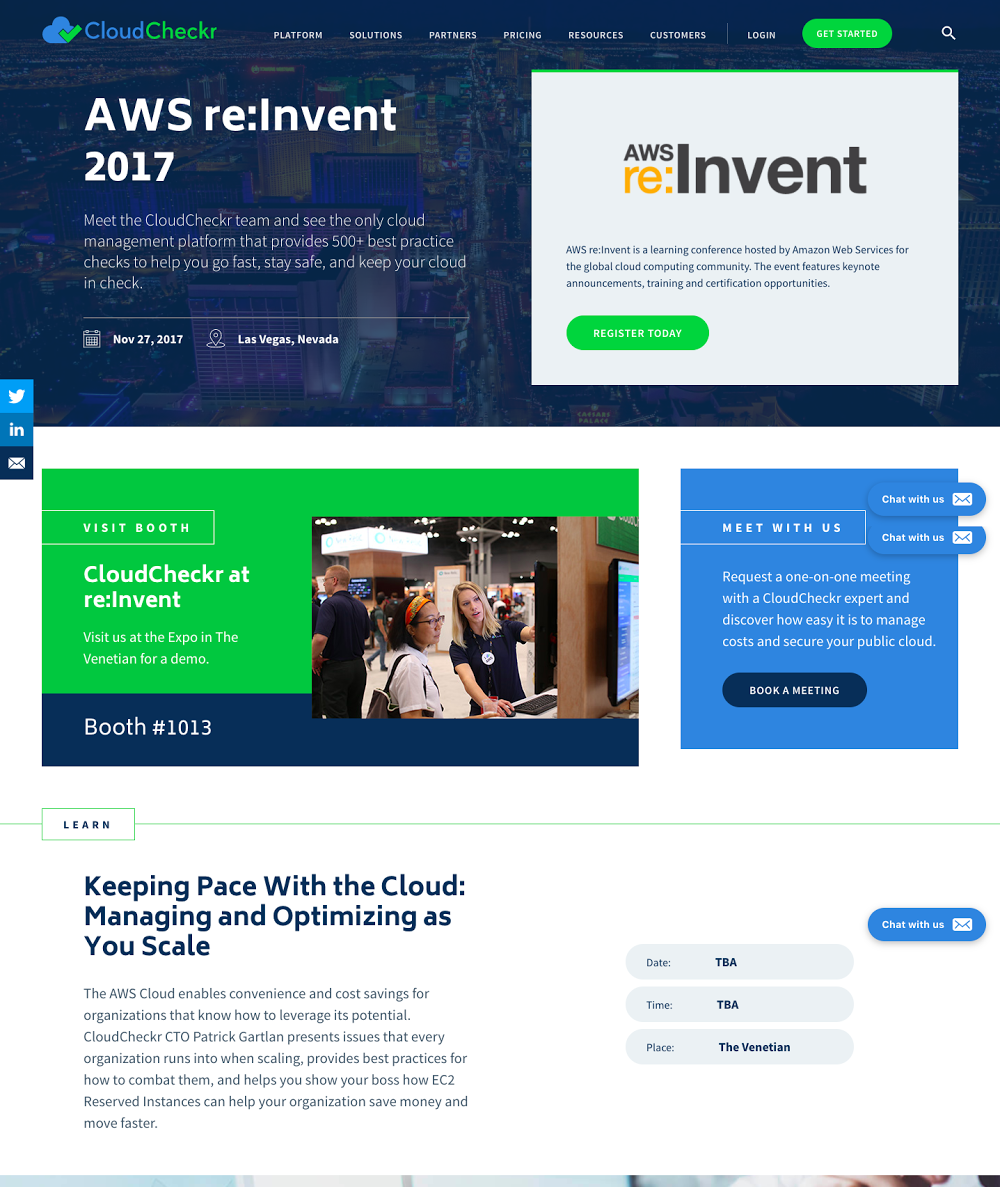
Mistake #3: Using your product team to build your website
The mad scientists building your company’s tool are really the rockstars of any startup.
They are the innovators that build the tools that wow your investors and solve your customer’s problems… But they aren’t the best team to build your website for two main reasons.
- Their time is extremely valuable ($150k+ a year in the Silicon Valley!) and extremely limited
- They just aren’t marketers
Let your product developers do what they do best
Developers tend to build their websites with themselves in mind and not the marketing team that will be working on the site.
This means that they’ll often use code snippets to build the site which makes changing the website difficult, frustrating, and time-consuming process for any non-developer. So when your marketing team needs to make changes to the website they’ll need to ask their development team.
This time-consuming process can be eliminated by letting your development team focus on your product and allowing your marketing team to focus on the website.
Wrapping up – Avoid these mistakes
We’ve seen a lot of mistakes over the past 10 years and we’ve learned from them so you don’t have to go through the pain of building a bad website.
Remember to always:
- Understand your ideal customer profile so you can speak to them in their language
- Build your website so that anyone on your team can easily make changes, add pages, and edit copy
- Let your product team focus on your product and your marketing focus on iterating your website

